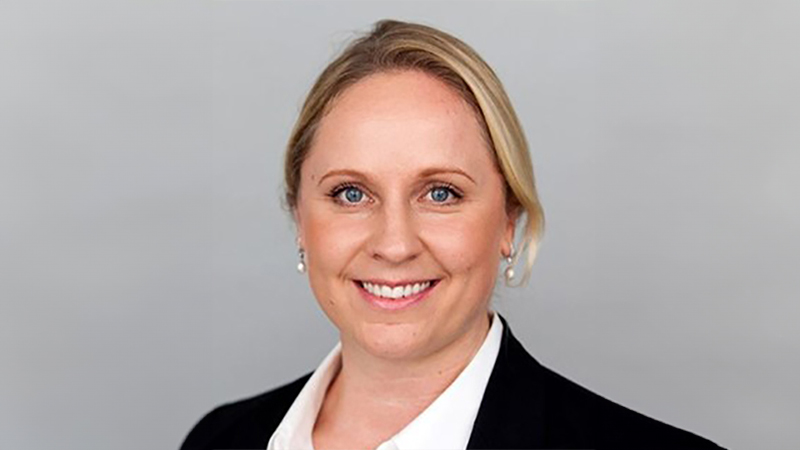Lead manager of the firm’s Julius Baer Multistock Japan Stock fund, Glanzmann focuses on the characteristics of individual holdings.
Despite reticence in some quarters stemming from the Japanese equity market not being as attractive as it was immediately after quantitative easing, Glanzmann believes that by investing in firms that are exposed to the global economy you can circumvent any macro concerns.
“I am optimistic [about valuations],” he explained. “If you use a top-down view you might be misled about the earnings power that is integrated in the corporates themselves.
“If you use a bottom-up approach you put the macro picture aside, because you do not invest in Japan, you invest in firms. If you look at the [MSCI Japan] index, the larger part of the index is more globally-driven and cyclical – this share [of the index] that is dependent on overseas sales is increasing year by year because companies are moving out of Japan to search for growth.”
Structural reforms and Abenomics
Glanzmann also cited the ongoing Japanese structural reforms as supportive of investors that are willing to be patient.
He said: “There is a strong political movement to turn the focus on the equity business model that the corporate governance changes have introduced.
“Also, there is a strong belief among the leaders that corporation tax is too high and a lot of strength behind the notion of bringing the tax levels down, which will be very beneficial for the profit-making businesses and a headache for the loss-making businesses [because the minister of finance will try to offset the lower tax].
“This is obviously not something that attracts the attention of short-term investors, but five or 10 years down the road we will start to see the results.”
However, he stopped short of agreeing that political strategies are the key behind corporate growth, highlighting Shinzo Abe’s ‘three arrows’ as a supportive measure rather than a driver, particularly regarding the prospect of an equity re-rating.
“I think there is sufficient momentum [for the Japanese market to undergo a re-rating] without Abe,” he asserted.
“We are seeing the larger firms that are dependent on world growth dominating the MSCI Japan and the Topix indexes. Lots of companies have grown at around 4% for the last 10 years, which has included the Tohoku earthquake [and subsequent economic shock]. Overall, the environment for Japanese businesses operating on a global scale is good and there is not much reliance on political movements such as ‘Abenomics’, which is more of a support than a driver.”
Earthquakes, and the usual risks
So what are the risks that a stock-picker should be aware of?
“The challenge for corporates in Japan is how to handle the ageing society, which may necessitate grabbing growth opportunities in Europe and the US,” Glanzmann said.
“The single biggest risk is earthquakes. Regarding the standard risks, if the Federal Reserve becomes too restrictive and the world goes into a slow-growth momentum, short-term investors would get out.”
Glanzmann’s fund has long-term outlook, delivering a total return of 6.79% over the past decade, with 30% of the portfolio replaced every year.
His largest portfolio weighting is currently in the consumer discretionary sector, which carries 24.08%, followed by industrials and financials on 21.97% and 20.29% respectively.










